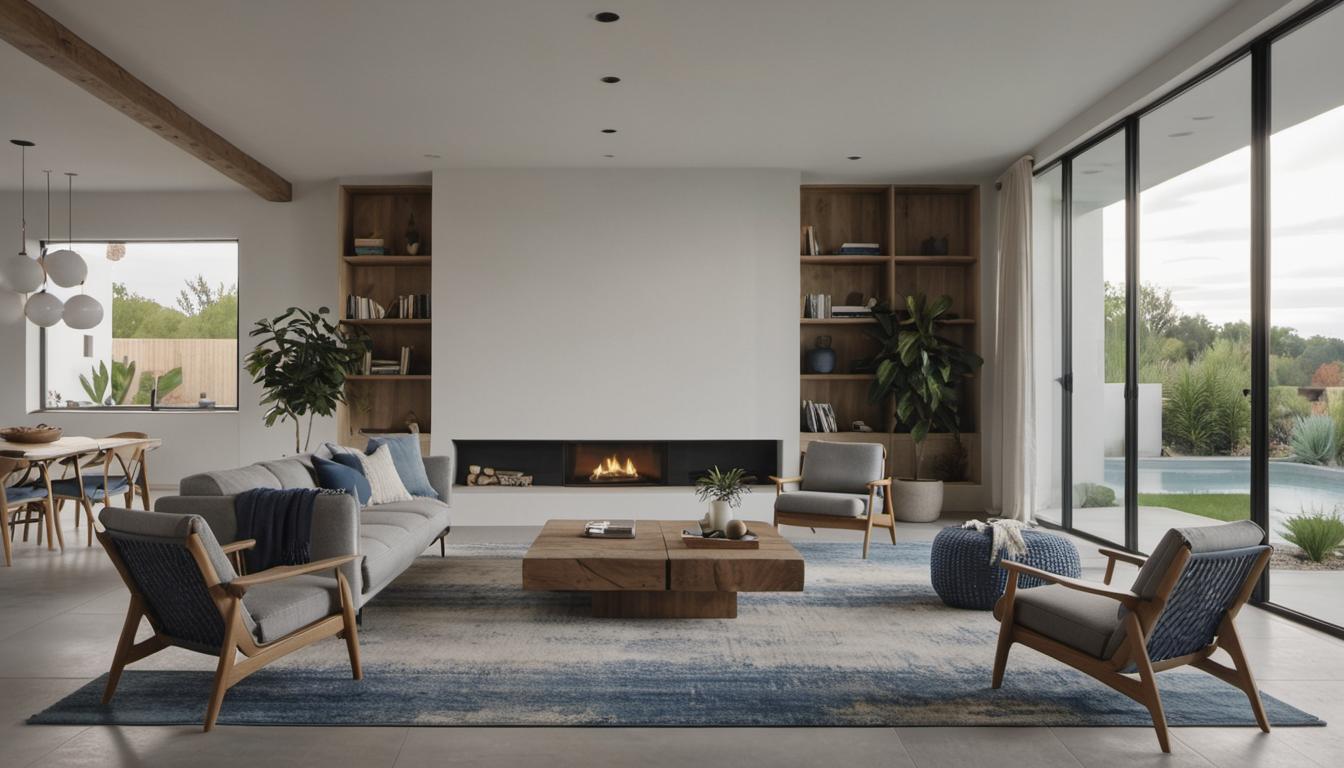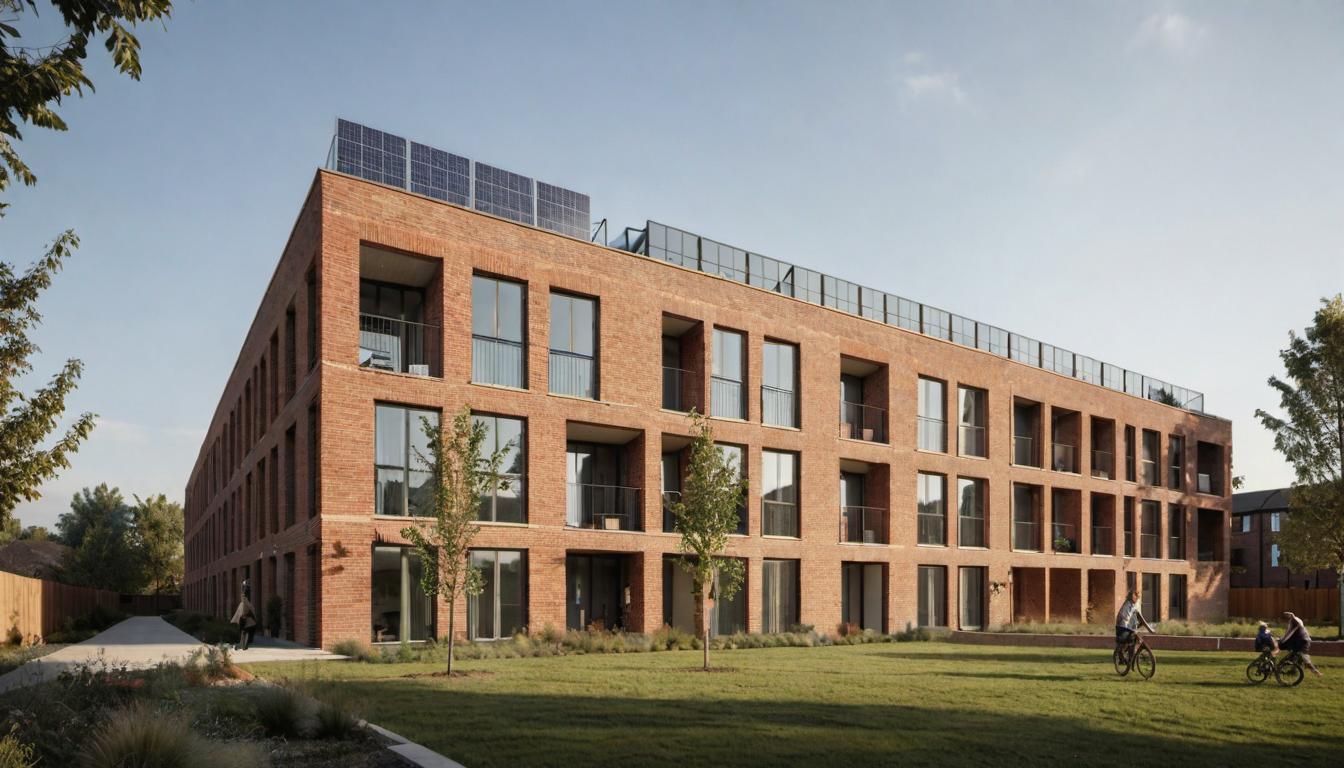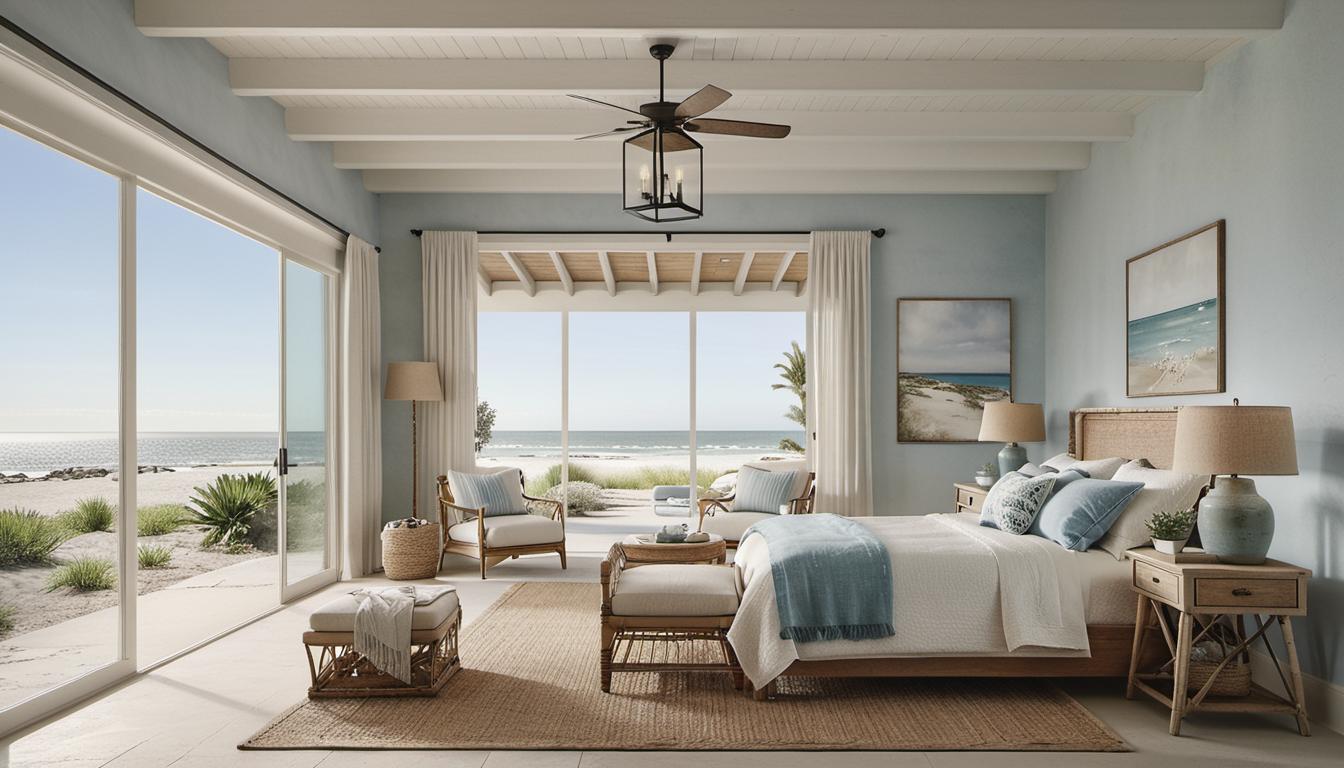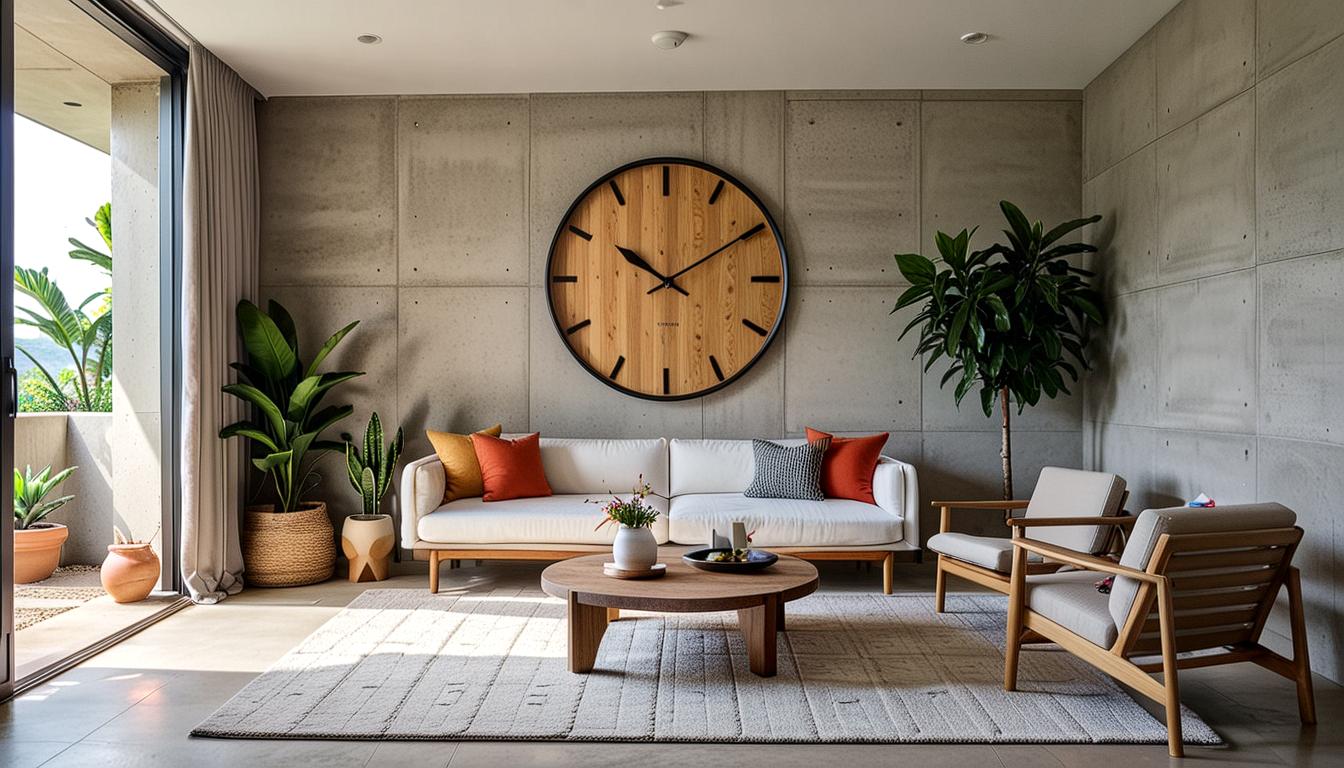Understanding the Basics of Color in Interior Design
The association between color and interior design is pivotal, enveloping the realm of aesthetics. Color is not just about visual appeal; it significantly impacts how a space is perceived and experienced. The mood inside a room, a person’s perception of room’s size, and the overall atmosphere are all influenced by color. Hence, understanding the basics of color in interior design is vital.
- The role of color in interior design extends beyond aesthetics. It serves as a powerful communication tool, conveying emotions and moods to anyone present in the room.
- The study of color psychology elaborates on how varying hues can influence the way we feel and react. For example, warm colors like red and orange can evoke energy and enthusiasm, whereas cool colors such as blue and green can foster a calm and relaxing environment.
- Color schemes in a room can drastically alter the perceived size of the space. Light colors tend to make a room seem larger and more spacious, while dark colors create a cozier and more intimate atmosphere.
- The science behind colors – hue, value, and intensity – is also a pivotal part of interior design. Hue refers to the pure color itself, value determines its relative lightness or darkness, and intensity describes the purity or saturation of a color.
The Power of Different Colors in Interior Design
Colors, with their diverse shades and tones, wield immense power in interior design. They can effectively determine the mood of a room and influence its overall aesthetics. For instance:
- Active colors, such as shades of red, yellow, or orange, are bright, stimulating, and creativity-boosting. They can ignite passion, stimulate appetite, or inspire creativity, making them a popular choice for kitchens and artist studios.
- Passive colors like blue, green, and violet exude a calming, relaxing vibe. These colors are often used in bedrooms and bathrooms to bring about tranquility and relaxation.
- Neutrals like black, white, gray, and brown are versatile and can complement almost any décor. They can create a minimalist aesthetic or serve as a backdrop, allowing other colors in a room to take center stage.
- The play between light and dark shades can drastically transform a room’s ambience. Careful integration of these contrasting tones can create a balanced room design.
Choosing the Right Colors for Different Spaces
- Living rooms and entrances are where first impressions are often made. Opt for invigorating and lively hues that communicate warmth and hospitality.
- Bedrooms and bathrooms can be designed with relaxing and calming shades in mind. Think soft blues, gentle greens, or serene purples.
- Pay close attention to color undertones, as they have a significant impact on the overall design and ambiance of a room. For example, a color with a warm undertone might bring coziness to a large, spacious room, whereas a color with a cool undertone can make a small room feel more open and airy.
Implementing Color Theory in Window Treatment Selection
- Roller shades are a stylish and modern option, perfect for filtering or darkening a room.
- Woven wood shades and panels, created from reed and bamboo, add texture and organic beauty to the room while filtering sunlight and providing privacy.
- Solar shades, appreciated for their sleek, modern look, can effectively reduce glare and UV light, helping maintain cool, energy-efficient spaces.
- Real and faux wood blinds have different aesthetics and functional benefits. While real wood blinds offer a timeless look, faux wood blinds are an affordable choice for areas with higher moisture, like kitchens and bathrooms.
- The elegance of sheer drapes and valances brings a classic touch to any room, transforming its look and feel.
- Cellular shades are a versatile option, offering a clean, modern aesthetic while providing superior insulation due to their honeycomb structure.
Creating Balance With Color in Your Interior Design
- Designers must take care to avoid overstimulation or understimulation by using the right blend of saturations and contrasts.
- Color schemes should be selected with the desired ambiance in mind. Each color creates a different mood, and the interplay of colors can culminate in a particular atmosphere.
- A successful interior design finds the harmony between color, form, and function. Striking a balance among these elements creates a space that is both beautiful and practical.
The Final Note on Color and Interior Design
- Color perspective sketches and mood boards are excellent tools for developing design ideas. These tools allow interior designers to assess color choices and visualize the final design.
- The powerful effect of color on altering the perceived size of a room cannot be overstated. Thus, it is crucial to consider the potential implications of color choice on a room’s appearance.
- In summary, color is not just about visual aesthetics in interior design. It plays a dominant role in defining the mood of a space, affecting one’s wellbeing, and creating harmony in design.
Frequently Asked Questions
What is color psychology and how does it impact interior design?
Color psychology is the study of how colors can influence human behavior and mood. Certain colors can trigger different emotional responses, affecting how we perceive and interact with a space. In interior design, understanding color psychology can help create the desired mood and ambiance in a room.
How does the choice of color in a space affect mood and productivity?
The colors of a space can directly affect an individual’s mood and productivity. For instance, cool colors like blue and green can lower stress levels and create a calm atmosphere, allowing for better focus and increased productivity. Warmer hues, on the other hand, are energizing and can inspire lively and creative brainstorming sessions.
How can the use of different color schemes create different atmospheres in a room?
Color schemes can greatly affect the overall atmosphere of a room. Warm, vibrant colors can create a lively, energetic vibe, while cooler colors can foster a serene, relaxed environment. Neutral schemes offer versatility, often making a space feel elegant and sophisticated.
What factors should be considered when choosing colors for different rooms?
When selecting colors for different rooms, consider the room’s function and desired mood. Kitchen and dining areas work well with warm, appetizing colors, while bedrooms can benefit from calming and soothing hues. Light exposure, room size, and existing furniture and decor can also influence your color choice.
How do different types of window shades and materials influence the color scheme and atmosphere of a room?
Window treatments have the potential to amplify or subdue the color scheme of a room, thereby altering the overall ambiance. Light filtering shades can cast a warm, inviting glow, while blackout shades can provide a cool, neutralizing effect. The materials and finishes of the shades also contribute to the atmosphere, with choices ranging from modern, sleek solar shades to textured, organic woven wood.






